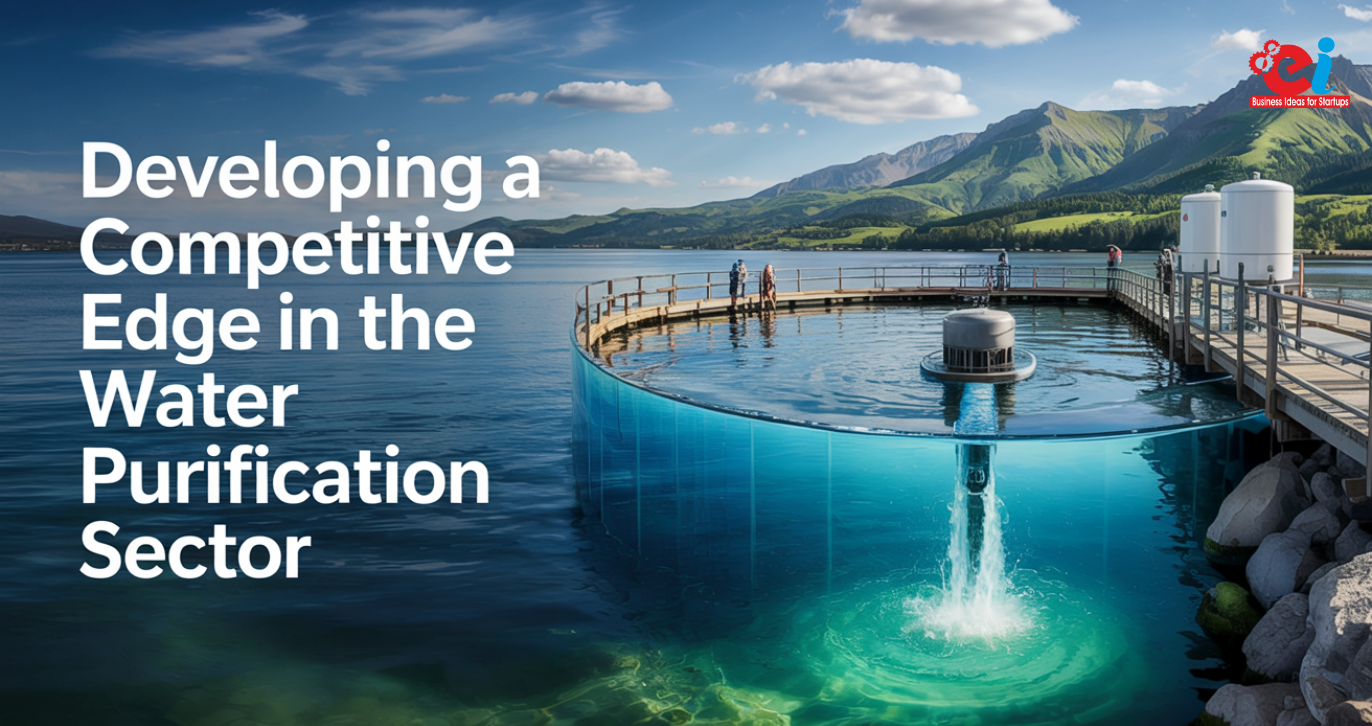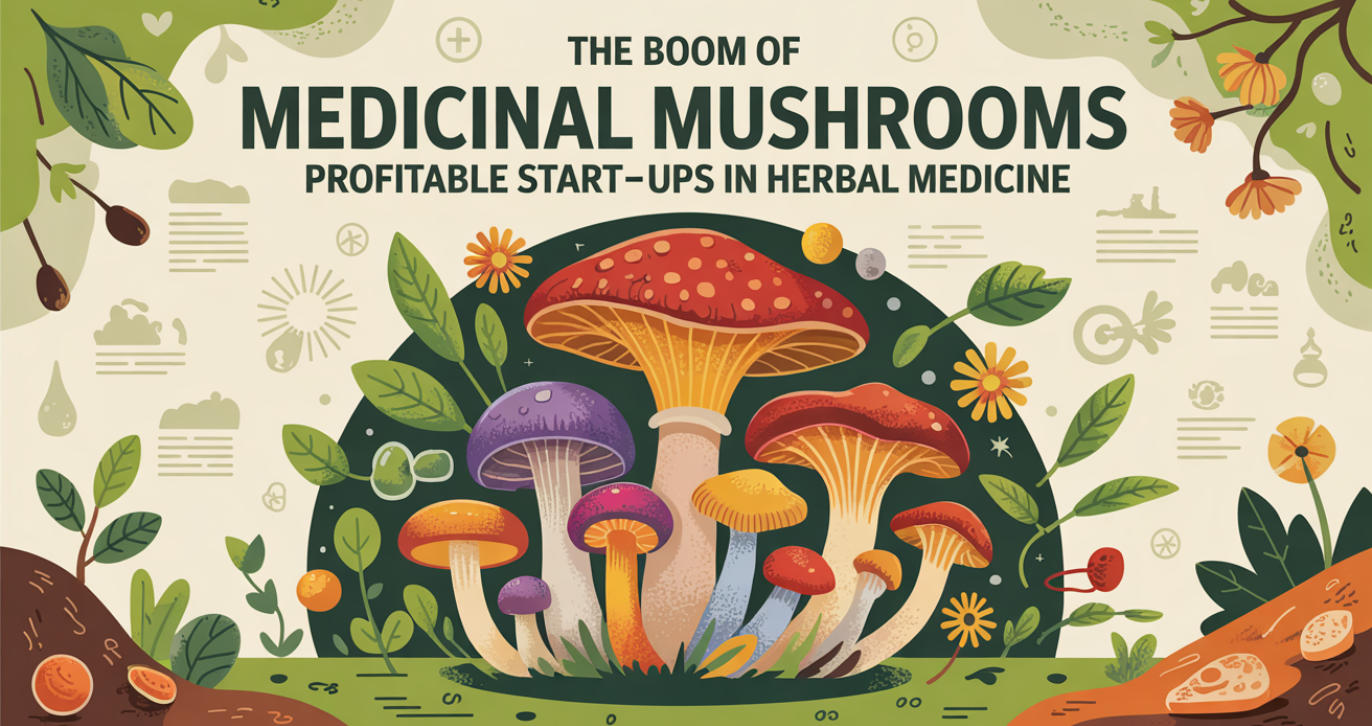The water purification sector is the backbone of civilization and provides clean, safe drinking water to many people worldwide. However, to stand out from the competition, several creative strategies are being used recently by companies that are aware of water contamination and water scarcity situations. As a result, it is anticipated that they will fail in branding, sustainability, efficiency, and innovative appeal. The article puts forward a whole array of strategies to be followed by water purification companies to gain a more competitive advantage.
Understand Market Demand
The needs of the market are the first factor considered for each company’s success. Various water filtration technologies are needed for commercial, industrial, and residential uses. Product development and company expansion will be guided by knowledge of consumer preferences, such as eco-friendly filters, energy-efficient purifiers, and smart water systems. The importance of market research does not need to be emphasized. It provides guidance for projecting potential future trends, customer expectations, and regional differences in water quality that influence purchasing decisions.
Read Similar Blogs: Applications and Functions of Potassium Permanganate in Water Treatment and Disinfection
Technological Innovation
Some filtration technologies can lead to a competitive advantage for the water purification company. The essence of putting resources into R&D for maximizing purification efficiency cannot be overemphasized. The following are just some of the advanced innovations that are in common use:
- Ro Advancements
In membrane technology, maximize water recovery rates through minimization of wastage, thereby improving filtration efficiency.
- Nanotechnology Filter
Utilizing nanomaterials for removing harmful contaminants as well as sustaining health benefits with long-lasting filtration systems.
- UV And Ozone Treatment
Non-chemical techniques of purification do enhance the working of the established traditional chemical methods of purification, which, due to their own environmental disadvantages, are not always preferable.
- Smart Water Purification Systems:
This methodology applies the concept of IoT and AI to monitor and optimize purification processes in real time while users track water quality and receive alerts for maintenance.
- Electrocoagulation and Advanced Oxidation Processes
These are methods that are new in the market to treat drinking water from heavy metals and organic pollutants, thus making it safe.
Also Read: Small Business Ideas in India
Affordable and Cost-Efficient
High-end solutions at affordable prices have been amazing during the period, added as benefits in competitive games.
Brand Positioning and Marketing Strategies
A corporate identity, therefore, forms the backbone for differentiating companies. Effective Marketing Strategies include
- Educate the public about water safety, purification methods, and the significance of clean drinking water through blogging, videos, and social networking.
- Trust gained through positive user experiences, for instance, lets the satisfied customer publicize his or her experience on public platforms.
- Hitting the audience through the world’s digital space while joining hands with influencers who uphold health and sustainability.
- Projects implemented for such water conservation in the community, providing clean drinking water to the impoverished, and carrying out sustainable development projects will substantiate the credibility of the brand.
- Partnering with local NGOs, health organizations, and environmental bodies will raise the visibility and credibility of the brand.
Challenges and Solutions in Water Purification
- High Competition: The more players there are in a market, the harder it becomes to differentiate themselves. Companies must focus on their USPs and innovation instead.
- Cost Barriers: Developing advanced purification systems is costly. Strategic partnerships with agencies and incentives from the government can help provide financial relief.
- Logistics and Distribution: Ensuring seamless supply chain management and timely delivery of purification systems is essential for customer satisfaction.
- Regulatory Hurdles: Adhering to global and local water safety standards requires continuous adaptation and compliance efforts.
Future Trends in the Water Purification Sector
This industry is such that it has many trends that carry it into the future as-
- Blockchain for Water Quality Tracking: Look at our transparent, tamperproof historical records concerning important data about water quality through the applications of blockchain technology.
- Hybrid Purification: Smoothly and easily combines more than one water purification method for better performance and efficiency.
- Portable and Wearable Water Purification: Personal water purifiers will take a form appropriate for hiking.
- Increased Government Support: More policies promoting water sustainability, subsidies for environmentally friendly purification, and regulations allowing access to clean drinking water.
Also Read: Calcium Bromide: Manufacturing Process, Suppliers in India, and Industrial Uses
Closing Thoughts
Creativity, sustainability, affordability, and brand positioning will engender a real competitive advantage in the water purification industry. Any strategy developed against such vectors will make products and services modifiable to the demands of the market and therefore make them guaranteed for long-term success within an industry already undergoing rapid change. By embracing technologies, environmental sensitivity, and the aim of customer participation, companies can create an enduring legacy and continue to enjoy a competitive edge in the industry.










